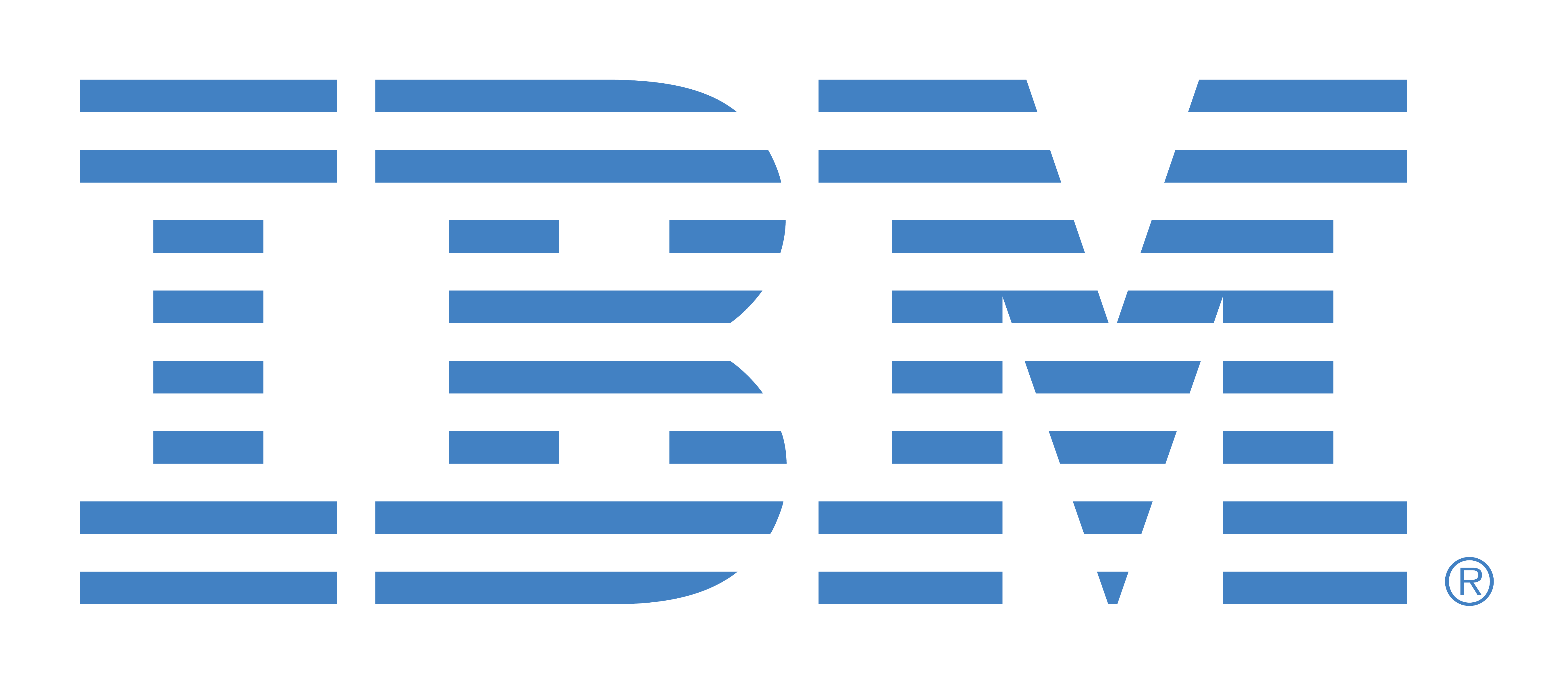Optical computing is the use of photons rather than electrons for computing architecture. Optical analogues for microelectronic devices can be used to generate, modulate, and process streams of light and perform computational tasks. Photon-based computing overcomes drawbacks of electron-based computing including quantum tunneling, which limits the minimum size of electron transistors, and electron drift velocity, which is much slower than the speed of light. Optical computing chips can be used in various sensing and imaging capabilities, especially those that require multivariate analysis or neural network applications.
| Corporation | Patents and Published Applications Count |
|---|---|
1.
Halliburton Energy Services, Inc.

|
|
| 2. Inventor |
|
3.
Lightmatter, Inc.

|
|
4.
IBM

|
|
| 5. The United States Of America, As Represented By The Secretary, Department Of Homeland Security |
|
6.
Ramot At Tel Aviv Universitv Ltd.

|
|
7.
Qualcomm

|
|
8.
Samsung Display Co., Ltd.,

|
|
9.
Nippon Telegraph And Telephone Corporation

|
|
| 10. Main Street Ventures Llc |
|
| Categorization and Classification | Patents and Published Applications |
|---|---|
| 654 | |
| 275 Processors/computing systems , 202 Optics , 92 Circuit components , 85 Logic | |
| 55 | |
| 55 Fabrication | |
| 111 | |
| 69 Analog/digital conversion , 42 Misc | |
| 412 | |
| 163 Neuromorphic , 93 Materials analysis , 71 Fluid sensing , 29 Misc sensing , 20 Image processing , 19 Medical , 17 Misc | |